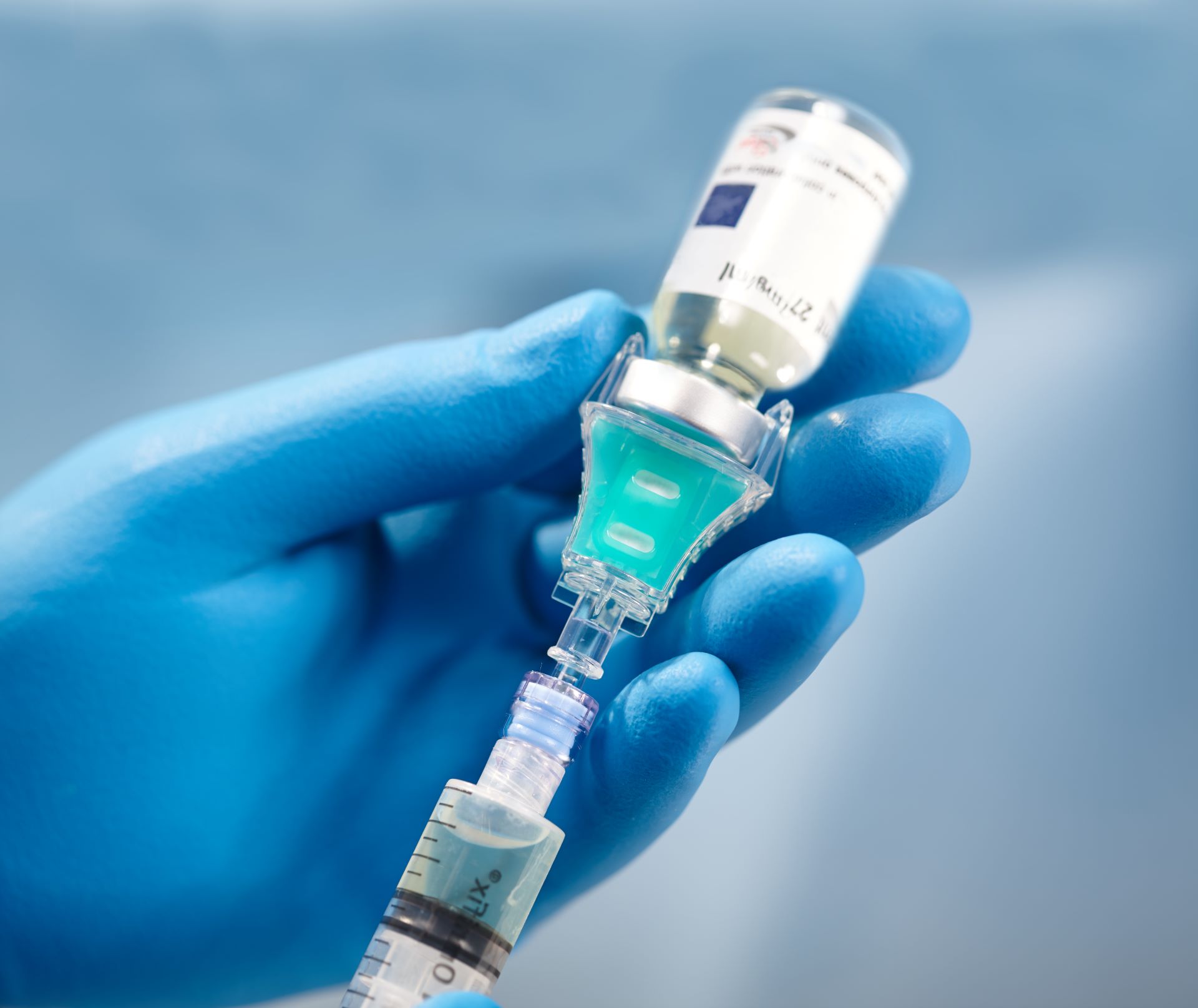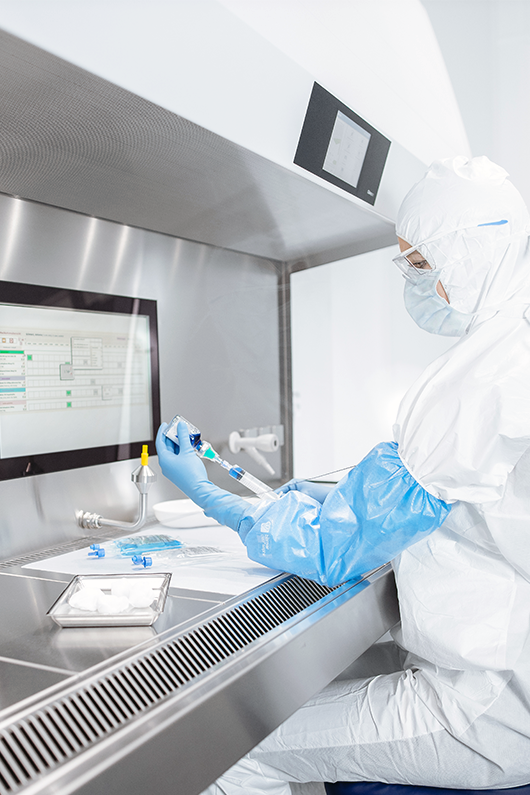Research project interference factors: Movement in the laboratory
Dynamic interference and its impact
Safety cabinets (SCs) are an important protective device in many biotechnological and pharmaceutical laboratories for the safe handling of hazardous substances or dangerous biological agents. The protective functions they provide are based on directional, balanced ventilation flows in the protected work area. They ensure that particulate releases do not reach the user (personal protection) and airborne contaminants are kept away from sensitive materials (product and carry-over protection).
These protective functions are tested in accordance with the currently valid standards using a microbiological test method - but in an empty laboratory. Influences by staff working in the laboratory are not taken into account in the tests. However, people unintentionally generate air movements with every movement and thus easily become a "disturbance factor" for the safe operation of a SC. As part of a research project lasting several years, Berner International has tested and quantified the influence of user activities on the protective functions.
This might interest you as well

 Deutsch
Deutsch
 English
English



.png)
.png)
